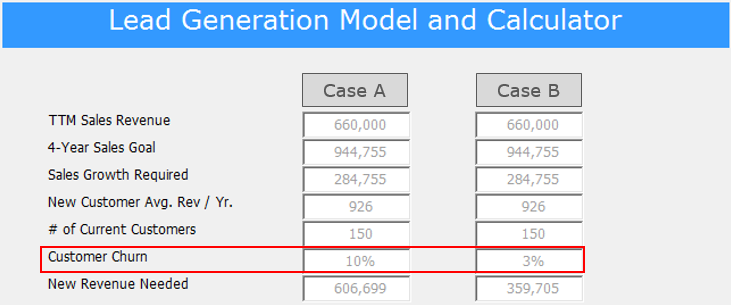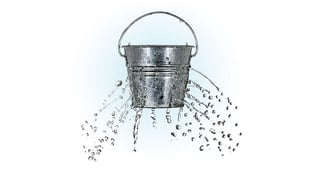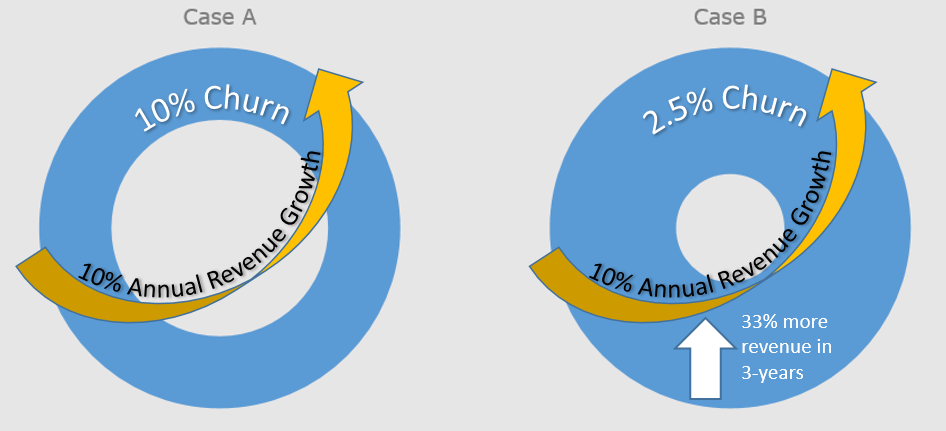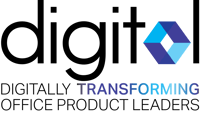 We're all constantly striving for sales growth, right? After all, if we sell more we make more, don't we? Well, sales growth has to be based on profitable sales before we make more - but, that's another topic.
We're all constantly striving for sales growth, right? After all, if we sell more we make more, don't we? Well, sales growth has to be based on profitable sales before we make more - but, that's another topic.
Here, I'm going to write about realistic sales growth targets and the importance of customer retention to help achieve those targets. In order to improve retention, a small reseller business in the office products market must have a compelling value proposition, along with a strong focus on the following:
-
Leveraging the internet, your website, attracting visitors and converting to customers
-
Developing local business supported by e-commerce capability
-
Building and leveraging business relationships in local markets
You simply must implement a CRM platform.
Your CRM must become the central database that holds all your customer contact information, activities, tasks, and is actively used for managing your sales pipeline.
Here are some assumptions for a "Case Study" Office Products Reseller business:
- $660,000 in revenue, 10% churn and 4% new customer acquisition
- 150 active customers placing an average of 150 orders per month
- Website designed for effective content driven marketing
- Social media accounts (LinkedIn, Google+, Twitter and Facebook) all setup and optimized - total audience 1,000
- Clean email contact list of 1,000 opted-in subscribers and poised to achieve a 20% open rate and 10% click-rate on a weekly campaign
- Publishing one blog per week with relevant and useful educational content
- Actively using CRM to manage customer relationships
- A goal to increase sales revenue from $660,000 to $945,000 over a four-year period - a compound annual growth rate of 9%
On the face of it, all this business has to do is;
- Keep its existing book of business ($660,000), and
- Win $285,000 of new business
Let's look at the Case A and Case B scenarios below:
The ONLY difference between Case A and B is the different customer churn assumptions - Case A is 10% and Case B is 2.5%. The impact is dramatic. In order to achieve the 4-year revenue growth plan to $945,000, Case A actually needs to generate over $600,000 of new business and Case B only $360,000! Case A is 2X the sales revenue increase between $660K and $945K and Case B only 1.25X.
In our recent blog on the "silent killer", we also explained the inverse relationship between customer churn rates and customer acquisition. The higher the churn the lower the acquisition. So, to increase revenue at a rate of 10% per year alongside 10% churn, it's going to be a long uphill battle to generate $600,000 of new revenue. Effectively a new business equal in size to the existing business has to be developed in order to achieve an end result of 50% growth - one third of the business you have and one-third the new business you win, will be lost to churn!
If the underlying issues causing 10% churn are not fixed, then the chances are the business development goals will not be achieved.
Successfully improving churn to 2.5% reduces the new revenue needed to achieve the plan goal from $600,000 to $360,000 - a 125% multiple on the $285,000 growth goal as opposed to 200%!
Improving the value proposition, using market intelligence and digital technology will reduce churn and increase customer acquisition rates. So, before you can realistically think about increasing your revenue at 10% per year you need to have your churn in the region of 2 - 3%.  This means your customers have to be satisfied with all the components of your value proposition.
This means your customers have to be satisfied with all the components of your value proposition.
Our next blog in this series will focus on the sales funnel that sits underneath the revenue target, along with explanations of lead generation and lead conversion. I'm going to explain the math, using a simple set of assumptions, to demonstrate the relationship between website visitors, lead conversion and new customer acquisition.
Are you interested to learn how many website visitors you're likely to need over a 4-year period in order to grow your business 50%?
You should be, so stay tuned!
Interested in what's involved for an effective integrated IT Platform?










